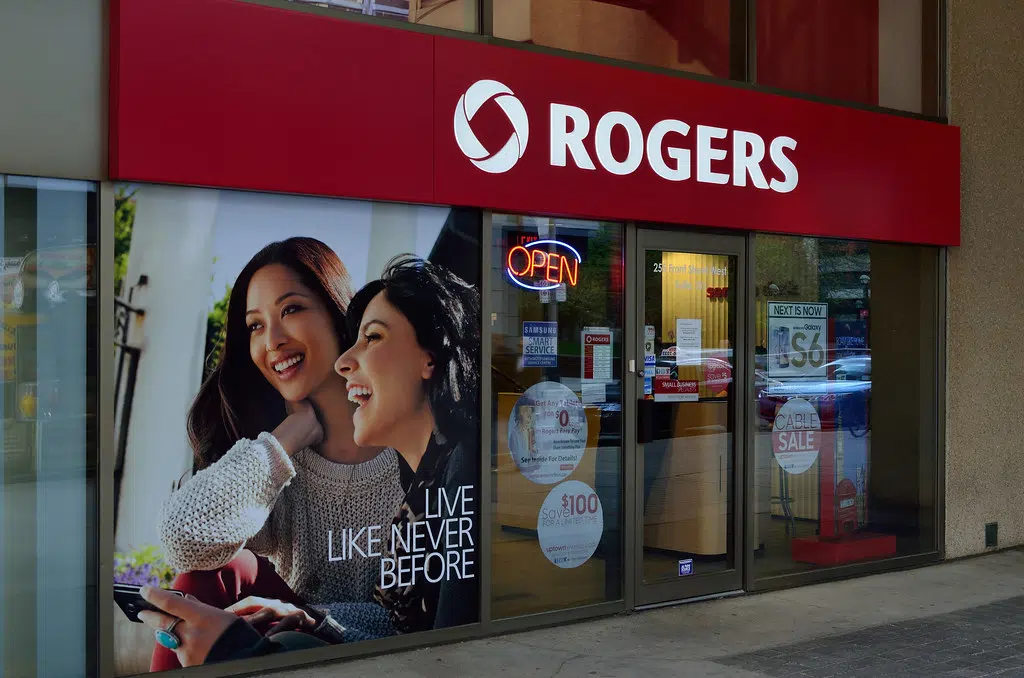

- #LOCAL BY FLYWHEEL TAKING A LONG TIME TO UPDATE ARCHIVE#
- #LOCAL BY FLYWHEEL TAKING A LONG TIME TO UPDATE PASSWORD#
- #LOCAL BY FLYWHEEL TAKING A LONG TIME TO UPDATE LICENSE#
Since now you know where the document root is for the site you can add in an existing site from an archive which is great. Log files are stored in Local Sites/sitename/logs/Ĭonfig files are at Local Sites/sitename/conf/ Importing an existing Site The document root for the site is in Local Sites/sitename/app/public On your local machine the site files are filed in a Local Sites folder in your home account. Get the URL from the Utilities tab, enable the remote tunnel and copy the given URL. With the addon Remote Tunnelling enabled you can share your local dev URL with any external browser outside of your network. It should be interesting what other addons will be made available for Local. Adding AddonsĬurrently 2 addons are available, Xdebug and Remote Tunnelling via ngrok. These will be used each time you add a new site.

You can set new site defaults in the Settings tab which includes versions for PHP, nginx or Apache, username/password and email address. The site will load with the default Twenty Sixteen theme and no plugins are installed, Twenty Fifteen and Twenty Fourteen themes are also installed available.
#LOCAL BY FLYWHEEL TAKING A LONG TIME TO UPDATE PASSWORD#
You will be prompted for your OSX admin password so Local can alter your hosts file so it can map the local dev domains to the machines IP address.Īnd then it’s ready to view either backend Admin or frontend View SiteĪlso here there are options to connect to the database, add an SSL cert and open the Mailcatcher app. Once you fill in those Local will provision the site. Adding a siteĪfter you click Add Site, you go through a configuration screen which includes the Site Setup which covers sitename, domain and path, the Environment which is the web server and PHP version and then WordPress configurations which include setting it up as a multi-site, setting the main admin username and password and admin email address.

If you already have VirtualBox on your local machine Local by FlyWheel will use that.
#LOCAL BY FLYWHEEL TAKING A LONG TIME TO UPDATE LICENSE#
Once you sign up for the download Local by FlyWheel you will get an email with a download link to a zip archive, download that and extract it which leaves you with the Local by FlyWheel app, move that into your /Applications directory and run it.Įnter you license details as emailed to you and then an initial download will begin of VirtualBox, the Host Machine and the Local by FlyWheel Image. This guide has been updated from Pressmatic, so the screen grabs have the old naming – I haven’t got to grips with the name of the taken over product, is it just Local or is it Local By Flywheel – the former is too close to localhost and the latter is a bit weird, maybe it should have been DevWheel or FlyDev. Local by FlyWheel (previously known as Pressmatic) is a new WordPress local development solution which uses Docker container technology and VirtualMachines, the app takes care of all the installation and configuration of everything you need and can effortlessly spin up multiple WordPress sites with different configurations for PHP and web server as well as include SSL certs and offer remote tunnelling from remote devices.


 0 kommentar(er)
0 kommentar(er)
